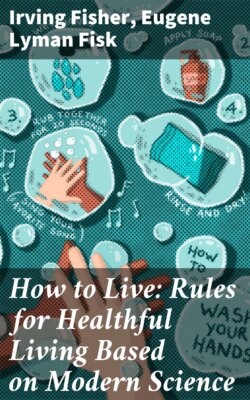Читать книгу How to Live: Rules for Healthful Living Based on Modern Science - Irving Fisher - Страница 34
На сайте Литреса книга снята с продажи.
ОглавлениеAnimal Proteins
Flesh food—fish, shell-fish, meat, fowl—when used in great abundance, are subject to additional objections. They tend to produce an excess of acids, are very prone to putrefaction, and contain “purins” which lead to the production of uric acid. This is especially true of sweetbreads, liver and kidney. The well-known deficiency in flesh foods of lime often needs to be taken into consideration in the dietary. Some of the vegetable foods, such as peas and beans, rich in protein, are likewise not free from objection. Their protein is not always easily digested and is, therefore, likewise liable to putrefaction. Unlike most vegetable foods, they contain some purins. These foods are, however, rich in iron, which renders them a more valuable source of protein for children and anemic people than meat. Also, an excess of protein is not so likely to be derived from such bulky foods as from meat, which is a concentrated form of protein.
We have spoken thus far only of the needed proportion of protein. The remainder of the diet, say 90 per cent. of the calories, may be divided according to personal preference between fats and carbohydrates in almost any proportion, provided some amount of each is used. A good proportion is 30 per cent. fat and 60 per cent. carbohydrate.
